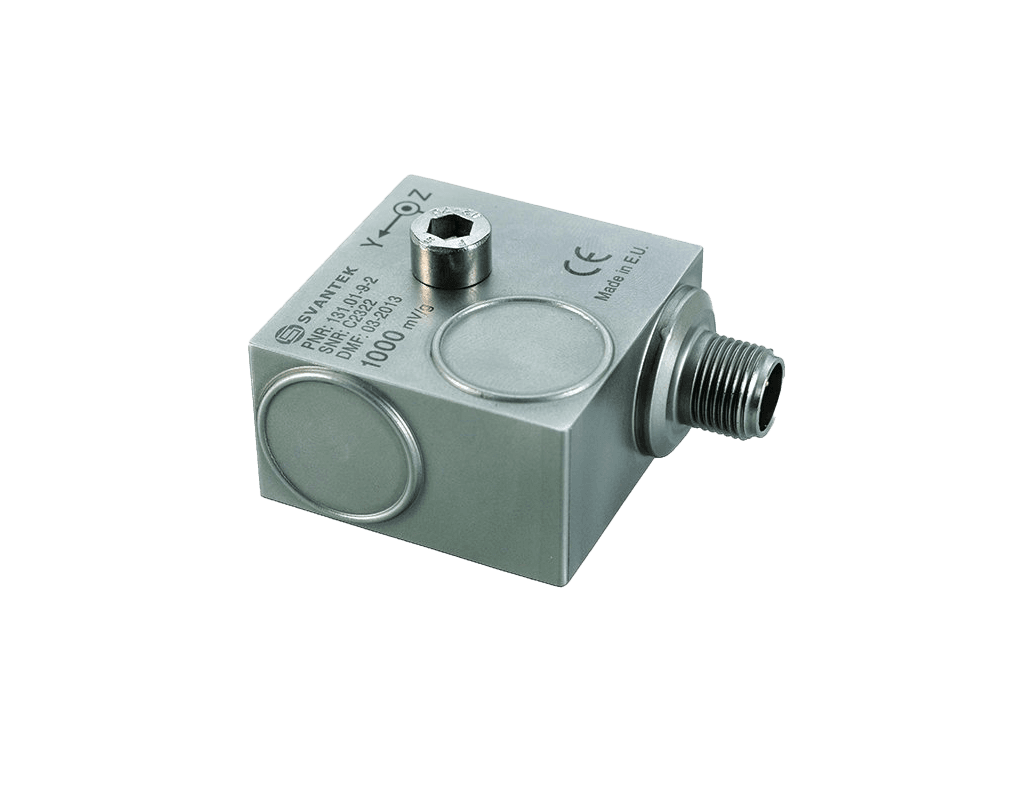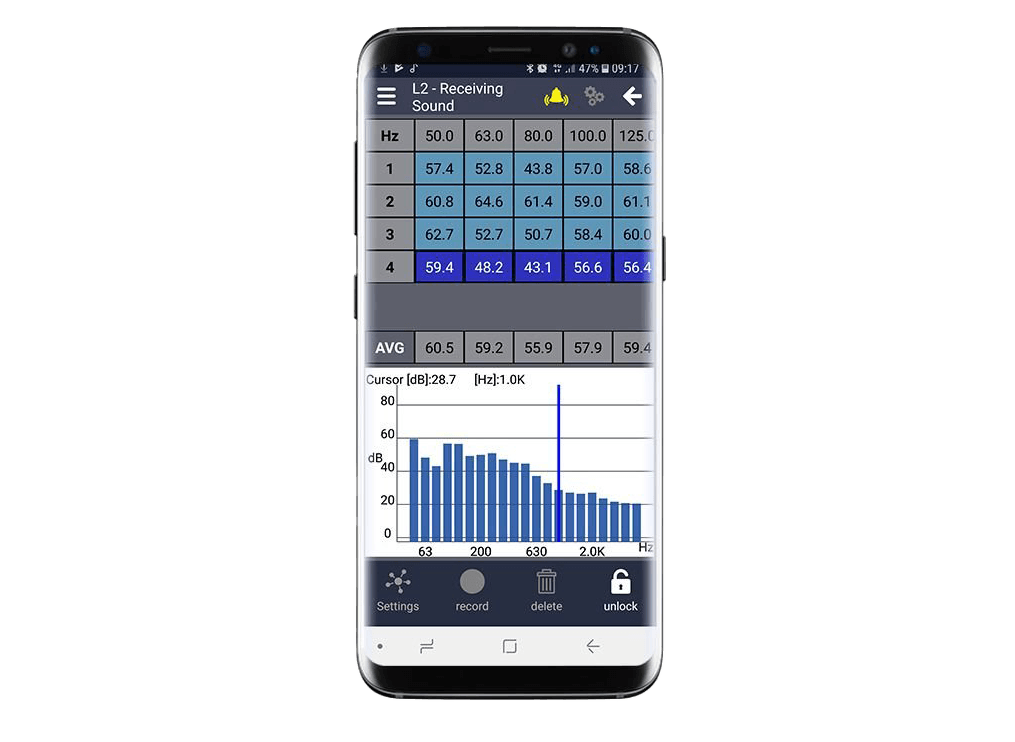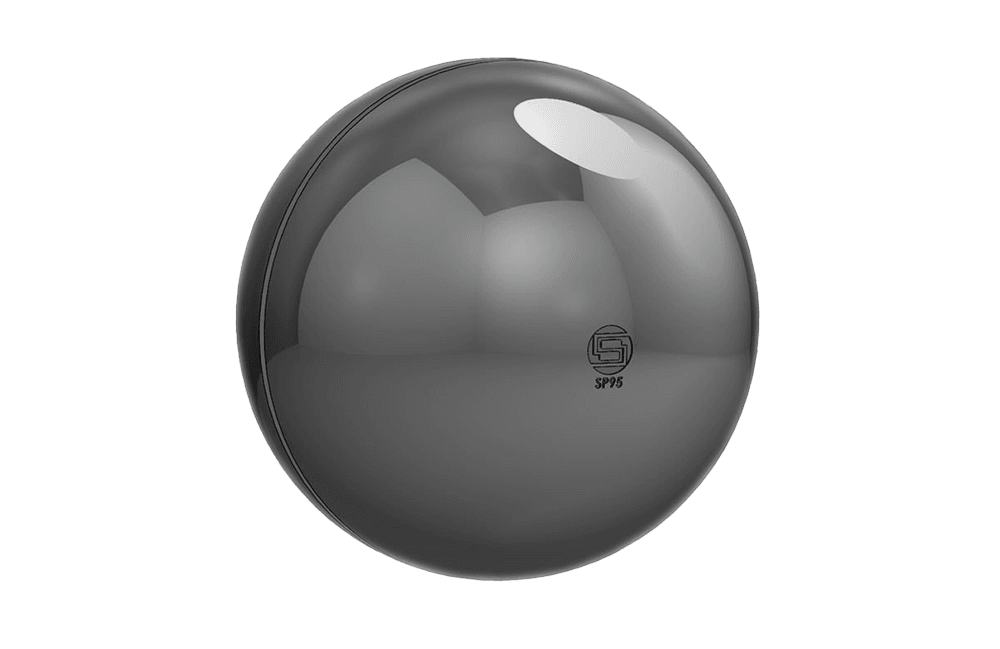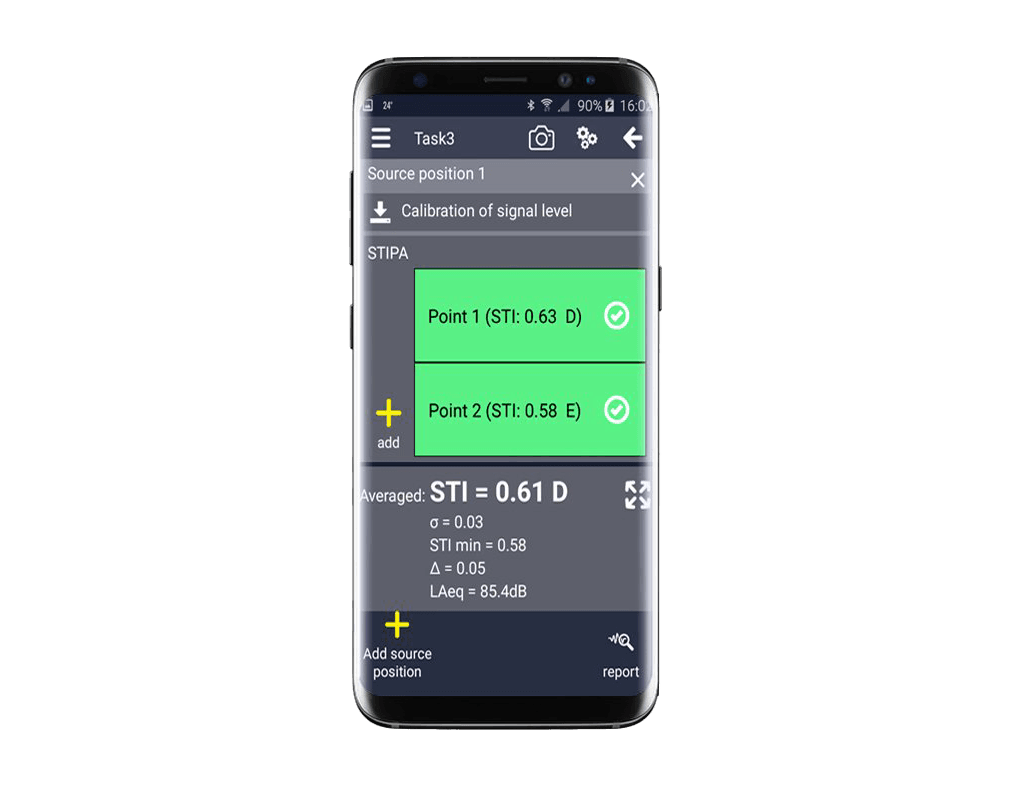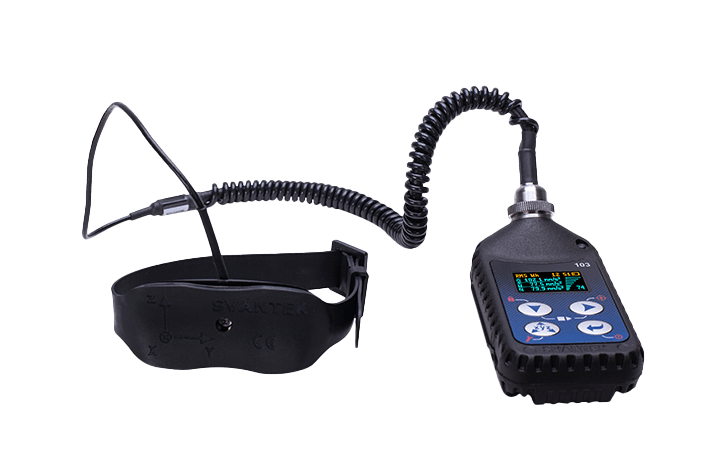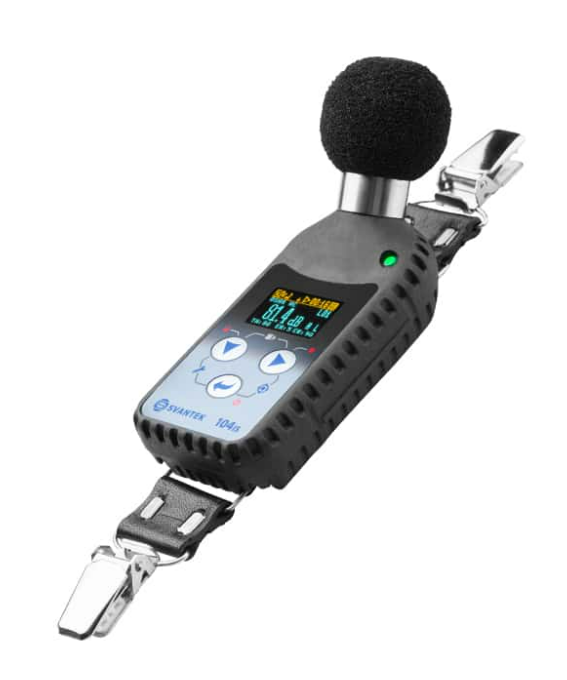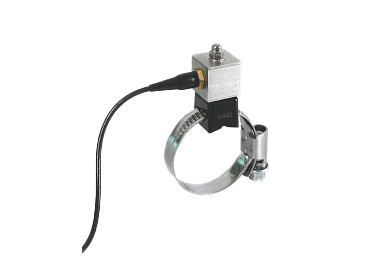The SV 106D vibration meter is commonly used as a human vibration meter. Defined by ISO 8041, a human vibration meter is a device that uses a vibrational transducer, signal processor and a display to measure human response to vibrations. Human vibrations are mechanical vibrations that are transmitted directly to the human body, affecting different tissues in different ways.
The vibrations are measured by sensors that are attached to the meter with cables. The sensors are placed near near the vibration surface of industrial machinery.
A popular used function of the 106, is VDV. Vibration dose value is calculated using the fourth power of the frequency-weighted instantaneous vibration acceleration. The whole-body vibration daily exposure A(8) is calculated at the highest (RMS) value or the highest vibration dose value (VDV).
The SV 106 can also be used in construction vibration monitoring with features such as PPV, 1/3 octaves and WAV recording!
Vibration monitors are essential for many construction projects. By monitoring vibrations, construction companies can ensure that the construction process is within acceptable limits and avoid damaging the surrounding environment. Building vibration data analysis is usually performed on a vibration signal recorded in the form of waveforms. The shape of waveforms and their maximum amplitudes (PPVs) is an important source of information. The further analysis involves the dominant frequencies analysis with the use of 1/3 octave band method. The output of the analysis is a waveform event report.
A key function of the SV 106 is PPV. Peak particle velocity is a peak vibration velocity defined as the maximum absolute value of the unweighted vibration velocity signal (particle velocity signal) throughout the measurement in the horizontal or vertical direction of measurement (x, y, z). According to DIN 45669-1, particle velocity is the preferred measure of vibration in buildings because it has been shown to have a close-to-linear relationship with the stresses building components are subjected to when exposed to steady-state or transient vibration. The ability of humans to perceive vibration at any one instant in time is also directly proportional to vibration velocity over the majority of the operating frequency range specified by DIN.


